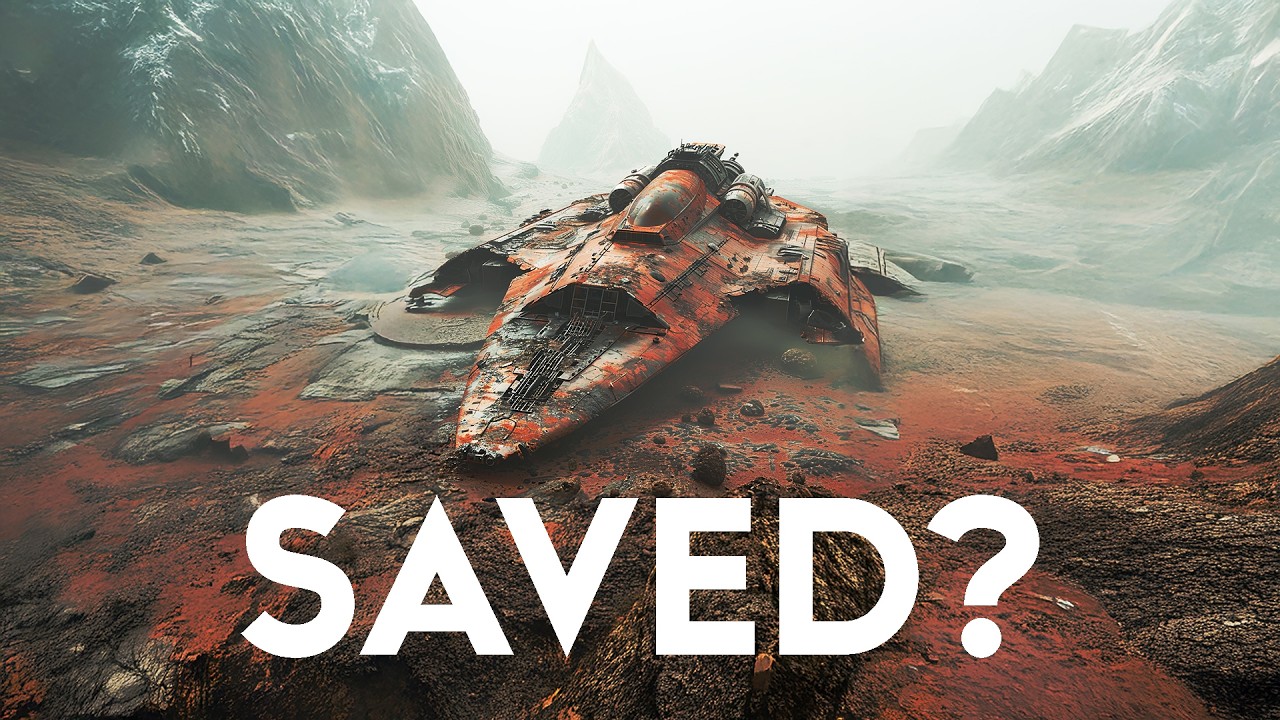The video explores the rise, fall, and resurgence of AAA space games, highlighting the genre’s peak in the late 1990s, a decline in the early 2000s, and a revival in the mid-2010s driven by crowdfunding successes like “Star Citizen” and “Elite Dangerous.” Despite this resurgence, the video notes that not all major releases have met expectations, emphasizing the importance of learning from both successes and failures to sustain the future of space games.
The video discusses the rise, fall, and eventual resurgence of AAA space games over the past few decades. It begins by highlighting the late 1990s, where space combat simulators, particularly “FreeSpace 2,” were at their peak but quickly fell out of favor due to poor sales, leading to a significant decline in publisher interest. The early 2000s saw a drought of major space flight titles, with only a few niche games like “Freelancer,” the “X” series, and “EVE Online” keeping the genre alive, primarily within indie and strategy niches.
The turning point for space games came in the mid-2010s, driven largely by crowdfunding. Notable projects like “Star Citizen” and “Elite Dangerous” successfully tapped into a pent-up demand for space games, raising millions in funding and marking a revival for the genre. “Star Citizen,” in particular, became a phenomenon, raising over $800 million, even while remaining in alpha. Similarly, “Elite Dangerous” launched in 2014 and was well-received, selling over 2.1 million units by the end of 2016, showcasing that there was still a strong audience for AAA space games.
The video also discusses the mixed reception of “No Man’s Sky,” which launched in 2016 amid massive hype but faced backlash due to unmet expectations. However, the game’s developers, Hello Games, committed to improving the game with updates, transforming its reputation over the years into a success story. This narrative of redemption parallels the broader resurgence of the space genre, as independent studios like Double Damage Games (“Rebel Galaxy”) and Rockfish Games (“Everspace”) also found success, proving that there was still a market for creative and engaging space titles.
Despite the revival, the video notes that not all attempts at returning to the AAA space genre were successful. Major releases like “Starfield” by Bethesda and “Star Wars Outlaws” by Ubisoft garnered significant attention but ultimately faced criticism for various reasons, including technical issues and gameplay limitations. Furthermore, sequels to beloved franchises, such as “Homeworld 3” and “Kerbal Space Program 2,” struggled to meet fan expectations, leading to disappointing sales and mixed reviews.
In conclusion, while the decade from 2015 to 2025 saw a resurgence in AAA space games, it was not without its challenges. The video emphasizes that the revival of the genre was a collaborative effort between passionate developers and dedicated fans. The future of space games remains promising, but the industry must learn from both successes and failures to sustain this momentum. The ongoing support and commitment from developers and the community will be crucial in ensuring that space games continue to thrive and avoid a return to the void experienced in the early 2000s.
